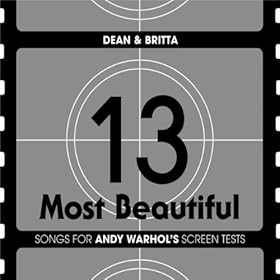Many of my relatives owned a horse or two, which languished in comfort for much of the year and got trotted out for the August race meet. My grandmother's horse, 'Dickman Delight,' refused to step out of the stable if it was at all muddy. She would bet vast sums on her horse knowing that one day he would surprise everyone and win. The day this eventually happened, my grandmother was up north. She received a telegram in the early morning which read: "Rain over Colombo" so she put her money on another horse. Dickman Delight galloped to victory on dry turf. Japanese planes had attacked Galle Face Green in Colombo and the telegram should have read: "Raid over Colombo." Dickman Delight never won again.
Of a visit with his family to Ceylon from his new home in Toronto, after he'd become a successful author, he writes:
We had spent three days in Upton in beautiful tea country with my half-sister, Susan. On the way back to Colombo we drove through the Kadugannawa Pass and stopped at Kegalle. The old wooden bridge that only my father drove over without fear ("God loves a drunk," he would say to anyone who sat by him white with terror) had been replaced with a concrete one.
In acknowledging thanks to various people in an Afteward, he writes: While all these names [of the many he thanks] may give an air of authenticity, I must confess that the book is not a history but a portrait or "gesture." And if those listed above disapprove of the fictional air I apologize and can only say that in Sri Lanka a well-told lie is worth a thousand facts.
I love his use of "gesture" in this context.
It reminded me of something the great Welsh travel writer, Jan Morris, mentioned about his fellow countrymen: As a shrewd American once wrote, if truth elsewhere is more or less like a straight line, among the Welsh it is ‘more in the nature of a circle’: to my way of thinking, for I have sufficient Celt in me too, only another way of saying that imagination is as real as reality.”






